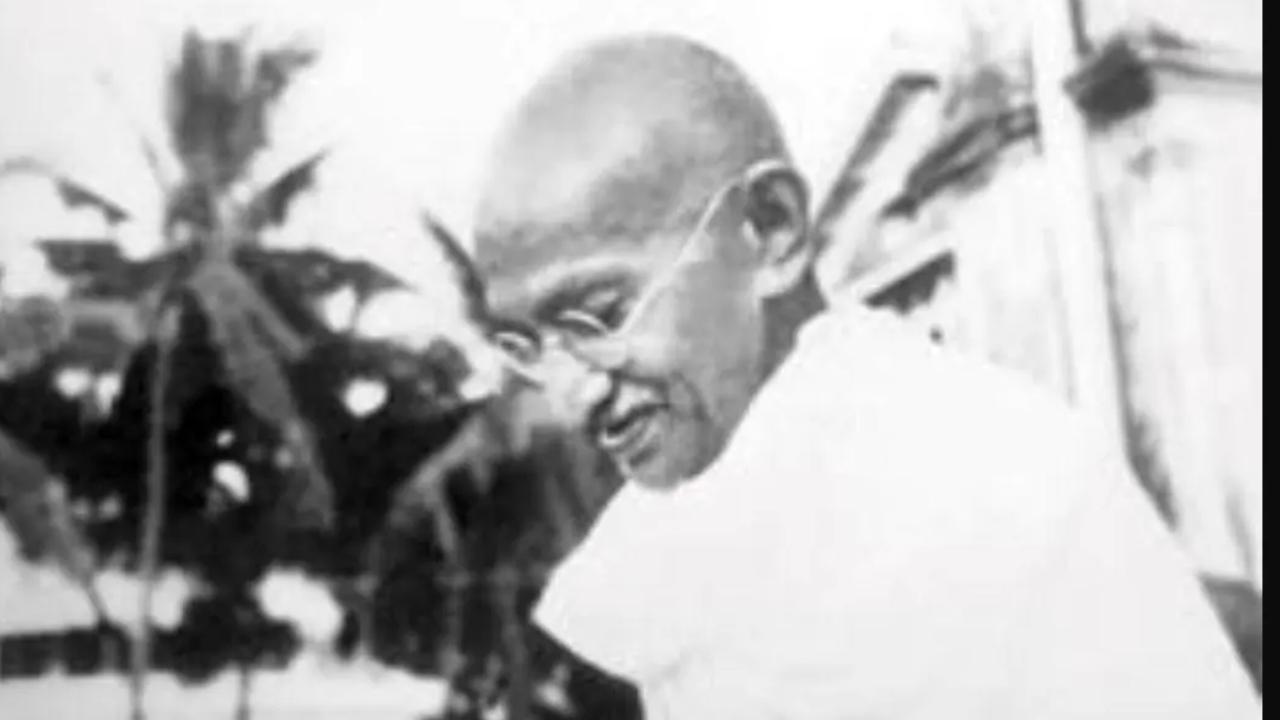On Mahatma Gandhi's death anniversary, here is a summary of four major Mahatma Gandhi-led freedom movements

Mahatma Gandhi. File Pic
Mahatma Gandhi's ideology of peaceful resistance, known as "Satyagraha," was critical to India's campaign for freedom from British domination. Mahatma Gandhi's life was dedicated to the pursuit of truth and justice, and his teachings continue to inspire millions all over the world. His philosophy of nonviolence, known as became a guiding principle for social and political movements during India's struggle for freedom from British rule. On Mahatma Gandhi's death anniversary, here is a summary of four major Mahatma Gandhi-led freedom movements:
ADVERTISEMENT
The Non-Cooperation Movement (1920-1922): Following the Jallianwala Bagh massacre in 1919 and the repressive Rowlatt Act, Gandhi launched the Non-Cooperation Movement in 1920. Indians were urged to boycott British goods, educational institutions, and government services. The movement gained massive support, but it was suspended in 1922 after the Chauri Chaura incident, where protesters turned violent.
The Civil Disobedience Movement (1930-1934): One of the most significant phases of the freedom struggle, the Civil Disobedience Movement was launched with the famous Salt March in 1930. Gandhi and a group of followers marched to the Arabian Sea to make their own salt in defiance of the British salt monopoly. The movement included acts of nonviolent civil disobedience, such as the refusal to pay taxes and the defiance of salt laws.
The Quit India Movement (1942): In 1942, during World War II, Mahatma Gandhi launched the Quit India Movement, demanding an end to British rule. The movement called for the immediate withdrawal of British forces from India. The British responded with mass arrests, and the movement faced severe repression. Despite this, it marked a significant step toward India's independence.
Independence Movement (1947): The years following World War II witnessed increased demands for independence. The British, weakened by the war, decided to leave India. However, the issue of religious divisions led to the partition of India into two separate nations, India and Pakistan, in 1947. This led to widespread communal violence and the displacement of millions. Lord Louis Mountbatten was appointed as the last Viceroy of India with the task of overseeing the transition to independence. The Mountbatten Plan proposed the partition of British India into two independent dominions, along religious lines. The plan was accepted by Indian leaders, including Jawaharlal Nehru and Muhammad Ali Jinnah, despite initial reservations. Meanwhile, on August 15, 1947, India gained independence and Jawaharlal Nehru became the first Prime Minister of independent India.
 Subscribe today by clicking the link and stay updated with the latest news!" Click here!
Subscribe today by clicking the link and stay updated with the latest news!" Click here!










